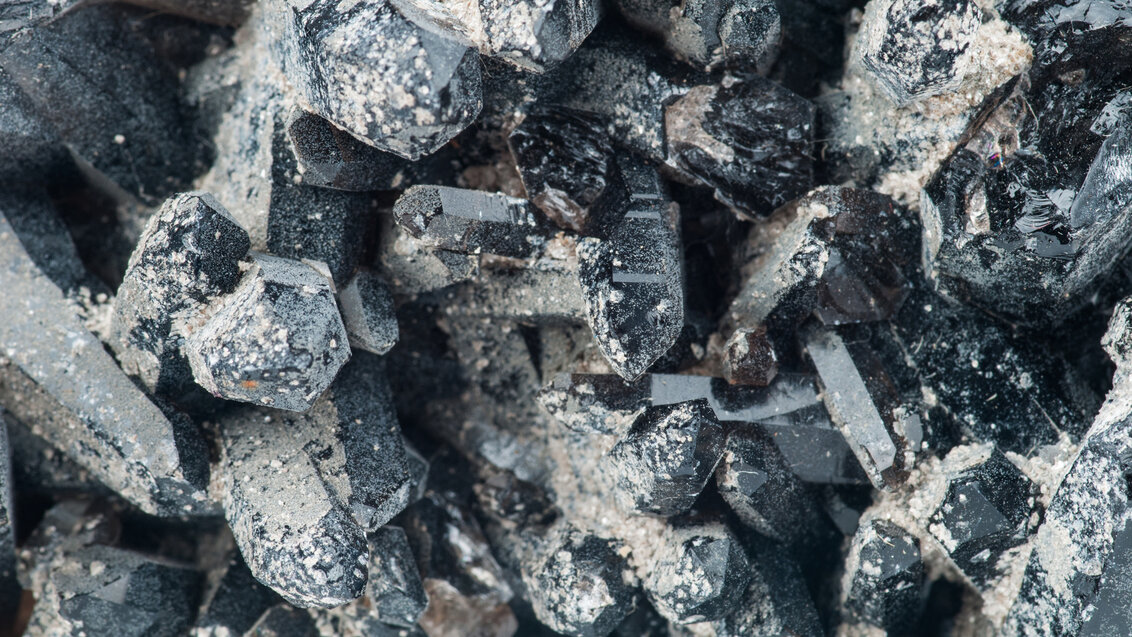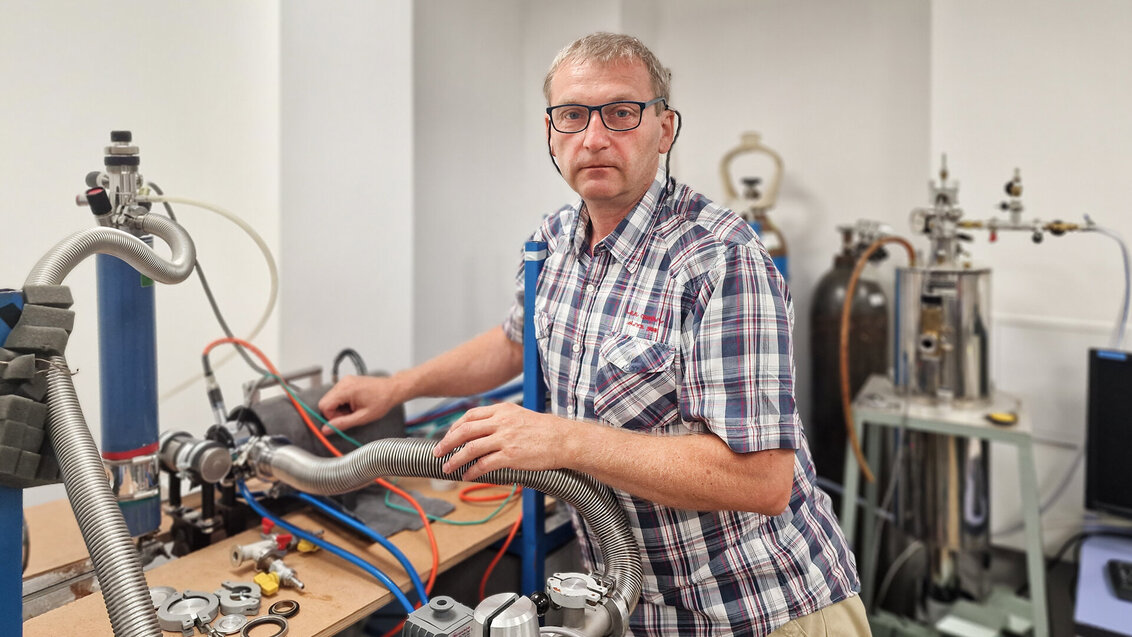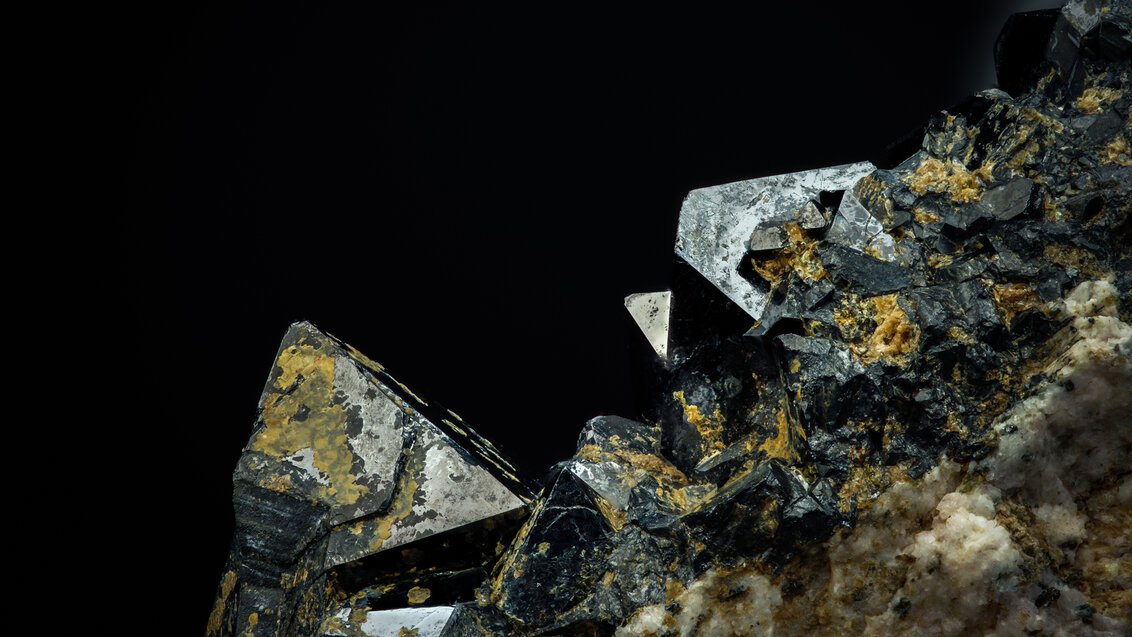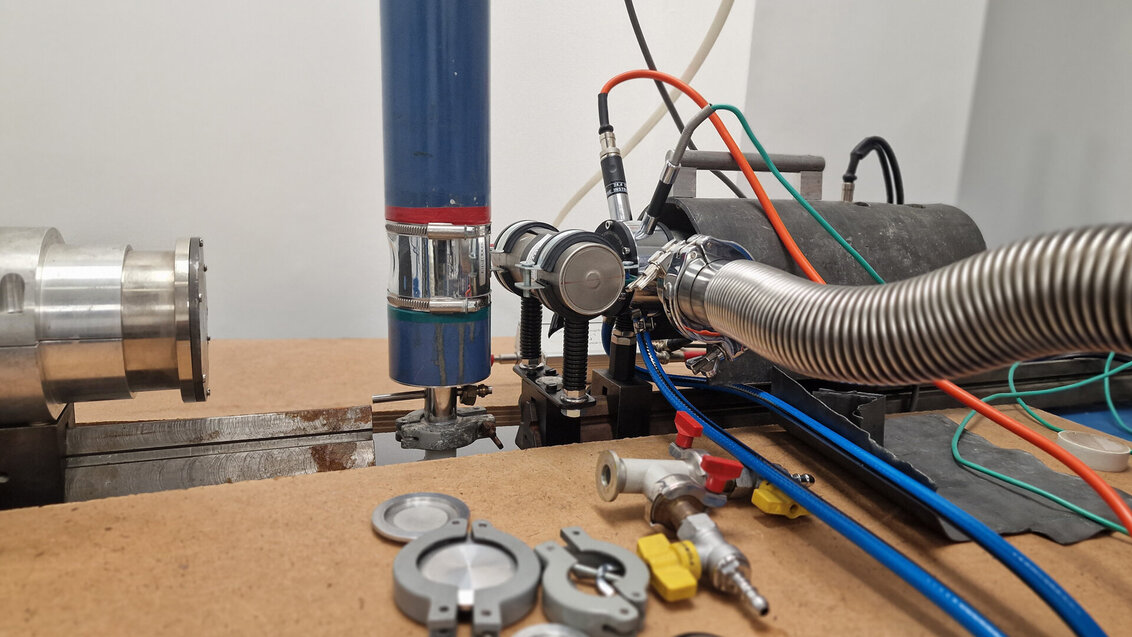
Magnetite, illustrative photo by Dreamstime
High-entropy oxide spinels (HEOx) are a new type of functional materials that achieve excellent parameters in terms of magnetism, electrical conductivity, and catalysis through the synergy of their constituent components. So far, the synthesis of such materials with desirable properties has largely relied on trial and error methods. Scientists from the AGH University are developing theoretical tools that will allow for a conscious design of their properties.
High-entropy materials (HEMs) began their career in 2004 when two independent research teams led by Jien-Wei Yeh and Brian Cantor proposed the concept of high-entropy alloys (HEAs) in separate publications. According to the definition, HEAs should consist of at least five elements, with each element contributing a similar percentage within the range of 5 to 35 percent. Such designed alloys often exhibit exceptionally simple crystalline structures. Initially, the focus was solely on metal alloys, but later ideas emerged for high-entropy oxides, oxyfluorides, borides, carbides, nitrides, sulfides, and phosphides.
The number of possible atomic arrangements in the structure of HEAs is incomparably greater than in the case of traditional metal alloys that have been used by humans for thousands of years. As a result, the number of potential interactions between elements significantly increases, creating the opportunity to obtain new properties different from those of individual components, referred to as the "cocktail effect". This opens up many possibilities for modifying the composition of such materials to give them characteristics that are useful in various applications. As a result, research on HEMs is currently of great interest worldwide.
The problem of an excess of possibilities
Dr hab. Jakub Cieślak, an associate professor at the Faculty of Physics and Applied Computer Science, explains the differences between the standard and high-entropy approaches to material creation using the example of a kitchen knife and a nail, both predominantly made of iron. He says, "The alloys we commonly use usually consist of one or two dominant elements and a range of additives that, when used in the right proportions, change the functional properties of the alloy in the desired direction. Both the knife and the nail are primarily composed of iron, but the additives have already altered its properties at the atomic structure level. The material of the nail is ductile and weakly resistant to corrosion. When we add chromium, for example, we improve its corrosion-resistant properties, and when we reduce the carbon content, we improve its elastic properties. Humanity has become accustomed to designing materials in this way, and there are many models that allow us to predict their properties based on the concentration of additives. However, in the case of the high-entropy concept that we are beginning to apply, it is difficult to identify one element that modifies the others, because all the components are present in similar proportions."
Dr hab. Jakub Cieślak, associate professor at the AGH University, photo by Marianna Cielecka

Magnetite is one of the most commonly occurring spinels in nature, photo by Dreamstime

Mössbauer furnace enabling the study of samples at temperatures higher than room temperature, photo by Marianna Cielecka

 Pre-election meeting with a candidate for the position of rector
Pre-election meeting with a candidate for the position of rector  Agreement on cooperation with OPAL-RT
Agreement on cooperation with OPAL-RT  Krakow DIANA Accelerator consortium members with an agreement
Krakow DIANA Accelerator consortium members with an agreement  Meeting with the Consul General of Germany
Meeting with the Consul General of Germany  More Academic Sports Championships finals with medals for our students
More Academic Sports Championships finals with medals for our students  Professor Jerzy Lis re-elected as AGH University Rector
Professor Jerzy Lis re-elected as AGH University Rector  Launch of AGH University Student Construction Centre
Launch of AGH University Student Construction Centre  Bronze for our swimmers at Academic Championships
Bronze for our swimmers at Academic Championships